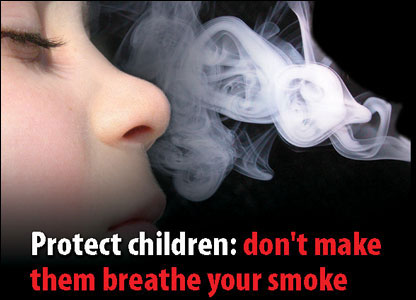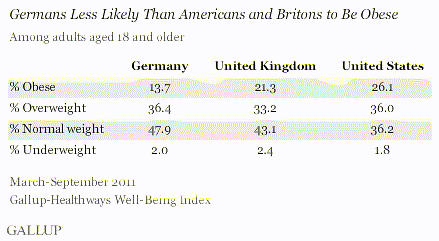2.5 Million Children Exposed to Secondhand Smoke in California?
Posted on
Despite having the second-lowest smoking rate in the nation, California is still home to nearly 2.5 million children under the age of 12 who are exposed to secondhand smoke, according to a new policy brief from the UCLA Center for Health Policy Research.
Using data from several cycles of the California Health Interview Survey, the study’s authors estimate that 561,000 children are directly exposed to secondhand smoke in the home. Another 1.9 million are at risk because they live in a home where another family member is a smoker, even though smoking may not be allowed in the home itself.
Secondhand smoke exposes children to a greater risk of developing asthma, respiratory infections and countless other ailments. Research shows that children raised by smokers have a greater risk of becoming smokers themselves.
“The next frontier in the campaign against smoking is to reduce smoking at home,” said Sue Holtby, the study’s lead author and a senior researcher at the Public Health Institute, which works with the UCLA Center for Health Policy Research in conducting the California Health Interview Survey. “California’s fight against tobacco has been a major public health success story, but we still need to spread awareness and ensure that every family knows the dire consequences of addiction.”
Other findings:
- African American children three times more likely to live with smokers
- Children living in households at or above 300 percent of the federal poverty level (FPL) are far less likely to be exposed to secondhand smoke
- Rural children at greater risk than urban
- Although Los Angeles doesn’t have the highest percentage of smoking households (10.8 percent) it has a surprisingly high percentage (4.1 percent) of households with children where smoking in the home is allowed, relative to other regions.
The entire policy brief is here.
Again, please for your health, quit smoking or better yet – never start.




